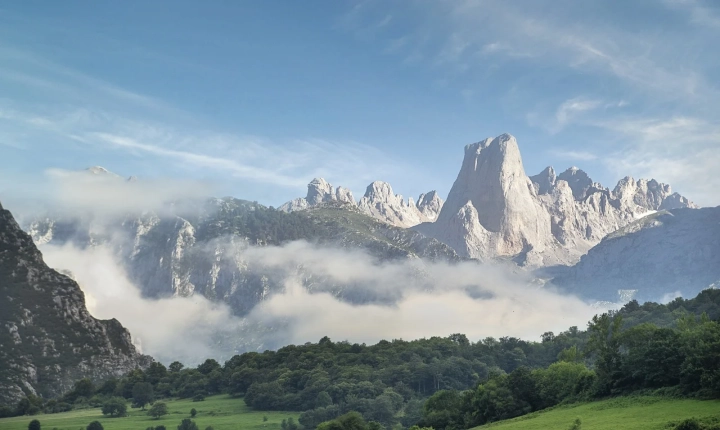How to Create a Smaller JPEG in Adobe Illustrator
Adobe Illustrator is a powerful tool for creating and editing vector graphics, but it can also be used to save your work in JPEG format. However, sometimes the file size of your JPEG image can be quite large, making it difficult to share or upload online. In this article, we will explore some techniques for creating a smaller JPEG file in Adobe Illustrator without compromising the image quality.
1. Start with the Right Document Setup: When creating your artwork in Adobe Illustrator, it is essential to set up your document with the right dimensions and resolution. If you are creating an image for the web, it’s recommended to work in RGB color mode and a resolution of 72 pixels/inch. This will help reduce the file size of your JPEG when saving.
2. Use the “Save for Web” Feature: Once you have finished creating your artwork in Illustrator, go to File > Export > Export for Screens. Choose JPEG as the file format and adjust the quality slider to reduce the file size. The lower the quality, the smaller the file size, but be cautious not to compromise the image’s appearance too much.
3. Simplify Your Artwork: If your artwork contains complex shapes, gradients, or effects, try simplifying them to reduce the file size. Use the Simplify command in Illustrator to reduce the number of anchor points in your paths, or consider flattening gradients and transparency to minimize the file size.
4. Crop and Resize: If your artwork contains a lot of empty space or unnecessary elements, consider cropping the image to remove the excess. Additionally, resizing the image to a smaller dimension can significantly reduce the file size while maintaining visual fidelity. You can do this by going to Object > Artboards > Fit to Artwork Bounds and then exporting the image with the new dimensions.
5. Use Image Compression: When exporting your JPEG in Illustrator, you can use the Image Compression settings to further reduce the file size. Experiment with different compression options such as Baseline Optimized or Progressive to find the right balance between file size and image quality.
6. Optimize for Web: If you are creating an image for the web, it’s crucial to optimize it for the web. This involves using the appropriate file format (JPEG for photographs, PNG-8 for graphics with few colors, etc.) and optimizing the image for fast loading, which can be achieved through various online tools or through the “Save for Web” feature in Illustrator.
By following these techniques, you can create smaller JPEG files in Adobe Illustrator without sacrificing image quality. Whether you are preparing artwork for the web, social media, or just managing your file sizes, these tips will help you optimize your images for efficient sharing and distribution.
